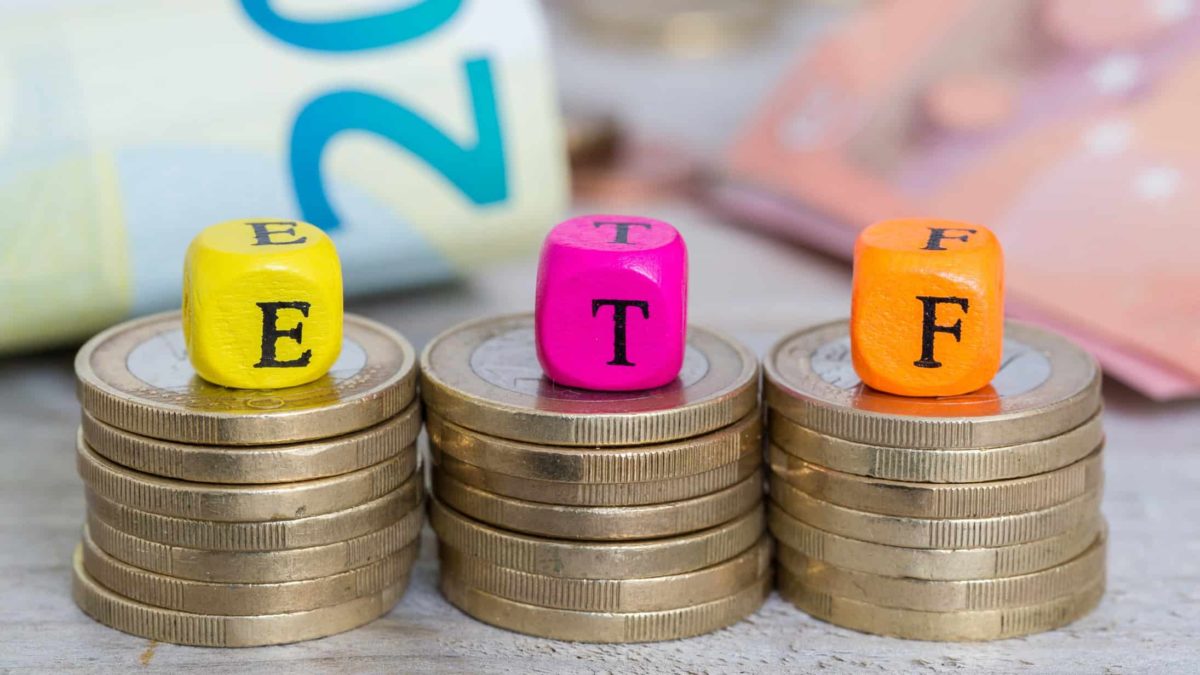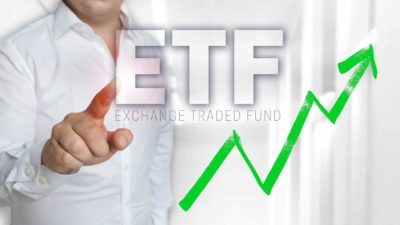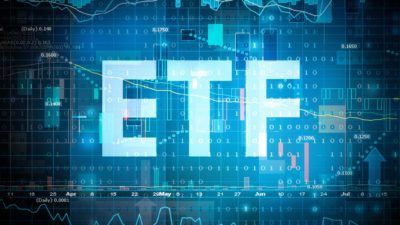The ASX exchange-traded fund (ETF) sector of the share market can be a fruitful place to find opportunities for diversification, dividend income and growth.
Some ETFs are known for being more growth-focused, such as the iShares S&P 500 ETF (ASX: IVV) or the Vanguard Diversified High Growth Index ETF (ASX: VDHG).
I don't mind the ETFs that are focused on the large ASX shares, such as Vanguard Australian Shares Index ETF (ASX: VAS) or the BetaShares Australia 200 ETF (ASX: A200). But I don't think they have a lot of growth potential because of the nature of large ASX bank shares and large ASX mining shares.
There are a group of ASX ETFs that could provide a mixture of solid dividend income and decent capital growth. Here I'm going to tell you about two of them.
Betashares FTSE 100 ETF (ASX: F100)
The idea behind this ETF is that it tracks an index of 100 of the largest businesses that are trading on the London Stock Exchange.
While the ASX is heavily weighted to resources and banks, the F100 ETF has a more healthy split between the different sectors in my opinion. There are currently six sectors with a weighting of more than 10%: consumer staples (19.2%), financials (17.6%), energy (13.1%), healthcare (12.4%), materials (10.7%) and industrials (10.3%).
Investors may recognise some of the biggest 10 positions in the portfolio of AstraZeneca, Shell, HSBC, Unilever, BP, Diageo, British American Tobacco, GSK, Glencore and Rio Tinto.
BetaShares says that the ASX ETF's distribution yield, which is based on the last 12 months of distributions, is around 3%. That's not huge, but it's more than double the dividend yield of the US shares-focused iShares S&P 500 ETF.
The ETF is delivering capital growth, though we can never know when volatility may hit. As we can see on the graph below, the Betashares FTSE 100 ETF has risen by over 11% in 2023 to date.
Australian Ex-20 Portfolio Diversifier ETF (ASX: EX20)
As the name suggests, this ASX ETF is invested in ASX shares, but a key difference to ones like the VAS ETF is that it excludes the biggest 20 ASX shares and invests in the next 180 names. In other words, it's not invested in names like Commonwealth Bank of Australia (ASX: CBA), BHP Group Ltd (ASX: BHP) and CSL Limited (ASX: CSL).
What are the benefits of this? Firstly, the EX20 ETF reduces portfolio concentration to a few large banks and miners – it can enable diversification.
With this 180-name portfolio, I think it can deliver a bit more growth. Larger businesses are normally quite far along on their growth journey, whereas the smaller ones could have more growth potential.
As of 18 May 2023, these were the biggest 10 positions: Brambles Limited (ASX: BXB), South32 Ltd (ASX: S32), James Hardie Industries plc (ASX: JHX), Sonic Healthcare Ltd (ASX: SHL), Cochlear Limited (ASX: COH), Suncorp Group Ltd (ASX: SUN), Northern Star Resources Ltd (ASX: NST), Origin Energy Ltd (ASX: ORG), Scentre Group (ASX: SCG) and ResMed Inc (ASX: RMD).
Seeing as this article is about passive income, now let's look at the most important part of the ASX ETF – the dividend yield. BetaShares said that the last 12 month distribution yield is 3.1% or 3.8% when grossed up for franking credits.
If the underlying EX20 ETF's businesses can achieve attractive earnings growth over time, then it could mean that the dividends could grow at a faster pace.









